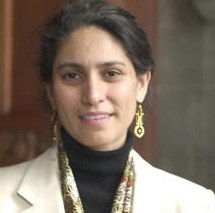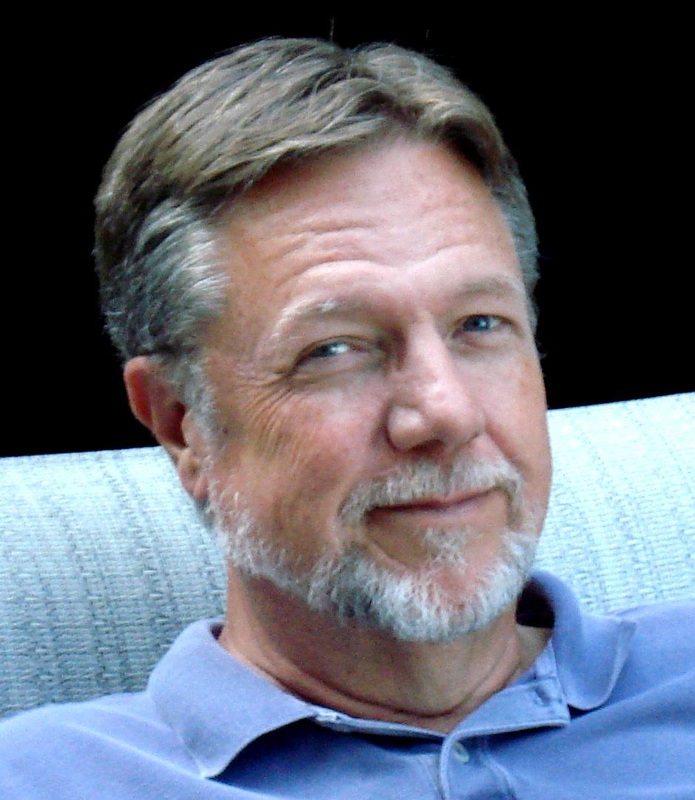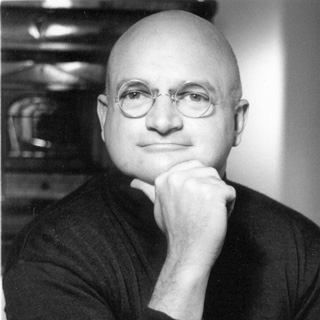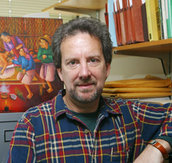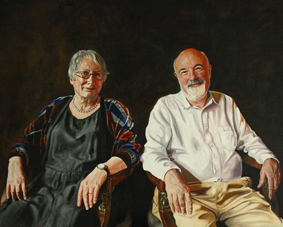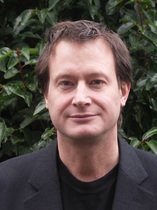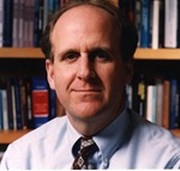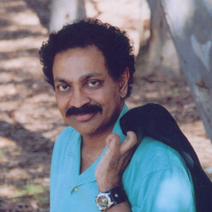Research on brain and belief formation
How we can over-identify with mental concepts or beliefs
Key Researchers
|
|
|
Banaji studies human thinking and feeling as it unfolds in social contexts. Her focus is primarily on mental systems that operate in implicit or unconscious mode. In particular, she is interested in the unconscious nature of assessments of self and other humans that reflect feelings and knowledge (often unintended) about their social group membership (e.g., age, race/ethnicity, gender, class) that underlie the us/them distinction. From such study of attitudes and beliefs of adults and children, she asks about the social consequences of unconscious thought and feeling. Banaji’s work relies on cognitive/affective behavioral measures and neuroimaging (fMRI) with which she explores the implications of her work for questions of individual responsibility and social justice in democratic societies.
Antonio R. Damasio:
Damasio’s work has focused on elucidating critical problems in the fundamental neuroscience of mind and behavior, at the level of large-scale systems in humans, although his investigations have also encompassed parkinsonism, and Alzheimer’s disease. His contributions have had a major influence on our understanding of the neural basis of decision-making, emotion, language, and memory. In collaboration with Hanna Damasio, a distinguished neurologist who is independently recognized for her achievements in neuroimaging and neuroanatomy, Damasio moved lesion studies away from clinical descriptions and placed them at the service of hypothesis-driven researching. The laboratories that he and Hanna Damasio created at the University of Iowa are a leading center for the investigation of cognition using both the lesion method and functional imaging. Damasio was born in Portugal. He received both his MD and his doctorate from the University of Lisbon, and began his research in cognitive neuroscience with the late Norman Geschwind. Hanna Damasio M.D. is University Professor, Dana Dornsife Professor of Neuroscience and Director of the Dana and David Dornsife Cognitive Neuroscience Imaging Center at the University of Southern California. She is also an adjunct professor at the Salk Institute in La Jolla, California. Until 2005 she was a Distinguished Professor of Neurology at the University of Iowa College of Medicine, where she directed the Human Neuroanatomy and Neuroimaging Laboratory. Using computerized tomography and magnetic resonance scanning, she developed methods of investigating human brain structure and studied functions such as language, memory and emotion, using both the lesion method and functional neuroimaging. Besides her numerous scientific articles she is the author of the award-winning Lesion Analysis in Neuropsychology (Oxford University Press), which has been used worldwide in brain-imaging work, and of Human Brain Anatomy in Computerized Images (also Oxford University Press), the first brain atlas based on computerized imaging data, now in its second edition. Her research has received continuous Federal support for over two decades.
Damasio is a Fellow of the American Academy of Arts and Sciences and of the American Neurological Association. She recently shared the Signoret Prize in cognitive neuroscience with Antonio Damasio for their pioneering work in social cognition. She holds honorary doctorates from the Universities of Lisbon and Aachen. The Dornsife Imaging Center is dedicated to elucidating the neurobiology of mind and behavior, in health and disease, using state-of-the-art brain imaging technology. The Center works closely with the Brain and Creativity Institute whose activity is aimed at illuminating the brain basis of social behaviors (ranging from moral judgments and communication to economic decisions), normal and pathological cognitive development in children, consciousness, and the processes of creativity in art, science and technology. Burton graduated from Yale University and the University of California at San Francisco medical school, where he also completed his neurology residency. At age thirty-three, he was appointed chief of the Division of Neurology at Mt. Zion-UCSF Hospital, where he subsequently became Associate Chief of the Department of Neurosciences. His non-neurology writing career includes three critically acclaimed novels and a neuroscience and culture column at Salon.com.
Wegner studies the role of thought in self-control and in social life. He has investigated thought suppression, finding that people become preoccupied with a white bear when they are asked not to think about it, and has researchedmental control of other kinds as well. He has studied transactive memory--how people in groups and relationships remember things cooperatively--and action identification--what people think they're doing. He has also explored the experience conscious will, and is currently focusing on mind perception--how people perceive human and nonhuman minds. His research has been funded by the National Science Foundation and by the National Institute of Mental Health. A 1996-1997 Fellow of the Center for Advanced Study in the Behavioral Sciences, he is a Fellow of the American Association for the Advancement of Science, a Fellow of the American Academy of Arts and Sciences, recipient of the William James Fellow Award from the Association for Psychological Science, the Distinguished Scientific Contribution Award from the American Psychological Association, and the Distinguished Scientist Award from the Society of Experimental Social Psychology. He also occasionally writes about himself in the third person.
Cytowic trained in neurology, neuropsychology, and ophthalmology at Duke University, Wake Forest, London’s National Hospital for Nervous Diseases, and George Washington University before founding Capitol Neurology, a private clinic in Washington DC.
Dr. Cytowic is best known for bringing synesthesia back into mainstream science in 1980. It is now recognized as an important issue to how all brains perceive. For many years colleagues refused to accept synesthesia as real and warned that pursuing it would ruin Dr. Cytowic’s career because it was too weird and New Age. They had the typical reaction of orthodoxy to something it can’t understand. Today, researchers in 15 countries are writing Ph.D. theses, books, and scholarly papers on this fascinating trait. We currently have a top-to-bottom science of synesthesia, from DNA and synapses, to child development, brain imaging, and psychology up to overt behavior that includes art and creativity—all described in the book with David Eagleman, “Wednesday is Indigo Blue: Discovering the Brain of Synesthesia.” The New Jersey native is the son of a physician and an artist, and has been a scholar at the Hambidge Center, Virginia Center for Creative Arts, and Southampton Writers Conferences. Dr. Cytowic’s work is the subject of numerous documentaries ranging from the BBC and PBS to National Geographic. Over fifty media appearances include Good Morning America, All Things Considered, and Voice of America. |
|

